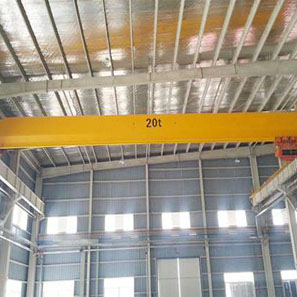What is chiller?
A chiller is a type of refrigeration equipment. In air conditioning systems, it is used as an intercooler.
The cooling capacity of the chiller is determined by two factors:
The first is the heat exchange area of the evaporator (heat exchanger); the second is the heat exchange area or heat exchange of the condenser. After the refrigerant is compressed into high temperature and high pressure gas by the compressor in the evaporator, it enters the condenser, where it releases the latent heat of vaporization and condenses into a liquid.
When the refrigerant flows from the outlet of the condenser into the inlet of the evaporator, the liquid refrigerant is mixed with the gaseous refrigerant to form a subcooled liquid refrigerant that is depressurized by the throttle valve and then returned to the compressor to be compressed; The agent is depressurized again through the expansion valve to a temperature lower than the original pressure for the second suction and discharge cycle process – such a cycle can be repeated to achieve continuous production of chilled water or cooling water.
The chiller is mainly composed of four main working parts:
- Compressor;
- Expansion valve;
- Condenser and evaporation chamber;
- Auxiliary devices such as electric control box and operating table.
1) Compressor:
This is the heart part of the whole system, and its performance directly affects the performance and service life of the whole machine.
2) Expansion valve:
Its function is to make the low-pressure and low-temperature refrigerant vapor enter the high-pressure and high-temperature saturated vapor and liquefy it into a saturated state at normal temperature; at the same time, the high-pressure and normal temperature superheated vapor is discharged to the outside to reduce the exhaust temperature and improve the safety of the system and reliability;
3) Condenser and evaporation chamber:
Their main function is to exothermic and liquefy the refrigerated oil vapor from the compressor to make it a low-temperature and low-pressure condensable gas mixture, which is then decompressed and cooled by a thermal expansion valve to become low-temperature and low-pressure water vapor and then discharged into the room;
4) Auxiliary facilities such as electrical control box and operation panel:
(1) The electrical control box includes the installation and fixing of the power indicator light switch signal light relay temperature controller and various instruments;
(2) The control panel includes the display panel, touch buttons, buttons, knobs, indicators, etc.;
(3) The operation panel includes manual adjustment buttons, remote adjustment keys, automatic adjustment knobs, and so on.
(5) Water pump and water pump motor.
Related Products
Contact us
If possible, kindly suggest please your working industry/process, working pressure, working medium, etc. Given detailed request helps to gain better-matched customized solution. Thanks for your patience.
your request will be responsed within 3 hours, kindly pay attention to your email please.










